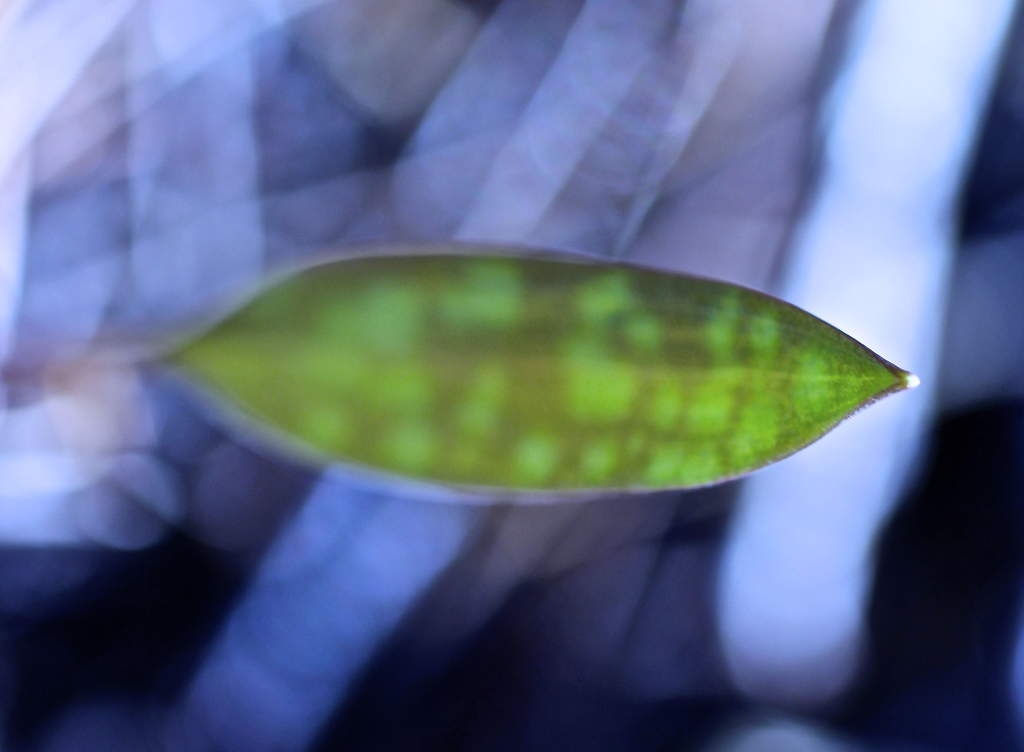The cover image for our August issue features an Erythronium americanum leaf (the Yellow trout lily). This image relates to the research article: Citizen science across two centuries reveals phenological change among plant species and functional groups in the Northeastern US, by Kerissa Fuccillo Battle et al. Here, Kerissa tells us the story behind the image.

This photograph shows a single leaf of Erythronium americanum (the Yellow trout lily) in the Catskill Mountains, taken in mid-April 2014. The leaf out and flowering time of this species and many others were recorded for a citizen science network initiative that enabled a comparative study of 19th and 21st century plant phenology across New York State. A local ecologist uncovered an old dataset from the region, reached out to the founder of the contemporary network and an unusual research collaboration ensued between the two small not-for profits. The results of the study have yielded important information on how climate change is impacting common plant species in the Northeast.
Yellow trout lily, one of the first Spring ephemerals to emerge in the area, is now flowering about a week earlier than it did in the 19th century. The canopy trees that it is now flowering beneath have generally advanced by about two weeks, which may have ecological implications for long term species survival. Trout lily is named for the green and brown mottled leaves which resemble the brook trout, which swim the streams by which this flower grows. The two basal leaves precede a single flower on a slender stem, its face bowing before the crumbled leaf litter of recently thawed ground. The flower gives its nectar to some of the earliest Spring bees, including newly emerged bumblebee queens eagerly in search of sustenance for their first brood of the season. The trout lily is also critical forage for Andrena erythronii, the trout lily mining bee. Though many hungry pollinators visit during this early time of scant nectar and pollen, only about 10 percent of the plants will produce a seed. Its ability to reproduce vegetatively is then a solid back-up strategy, especially if pollinators are mismatched with flowering time. The seeds are nutritious for ants, who carry them to their underground homes, significantly aiding in their dispersal. If conditions are favorable, the seeds will germinate and the plant will flower in about 7 years. The plants with single leaves are still young and have not yet made their first flower.
In the image presented here, a single, young leaf stands out against last year’s pine needles and faded beech leaves, edged with frost under a bright morning sky. This leaf is a welcome sight to the woodland walkers of mud season in the Catskills as its presence signals the transition of the seasons. We have said farewell to the maple sap flow and begun the pleasurable hunt for glimpses of the first elusive woodland ephemerals.
Kerissa Fuccillo Battle, Portland State University, USA.
Read the full research article here: Citizen science across two centuries reveals phenological change among plant species and functional groups in the Northeastern US.



